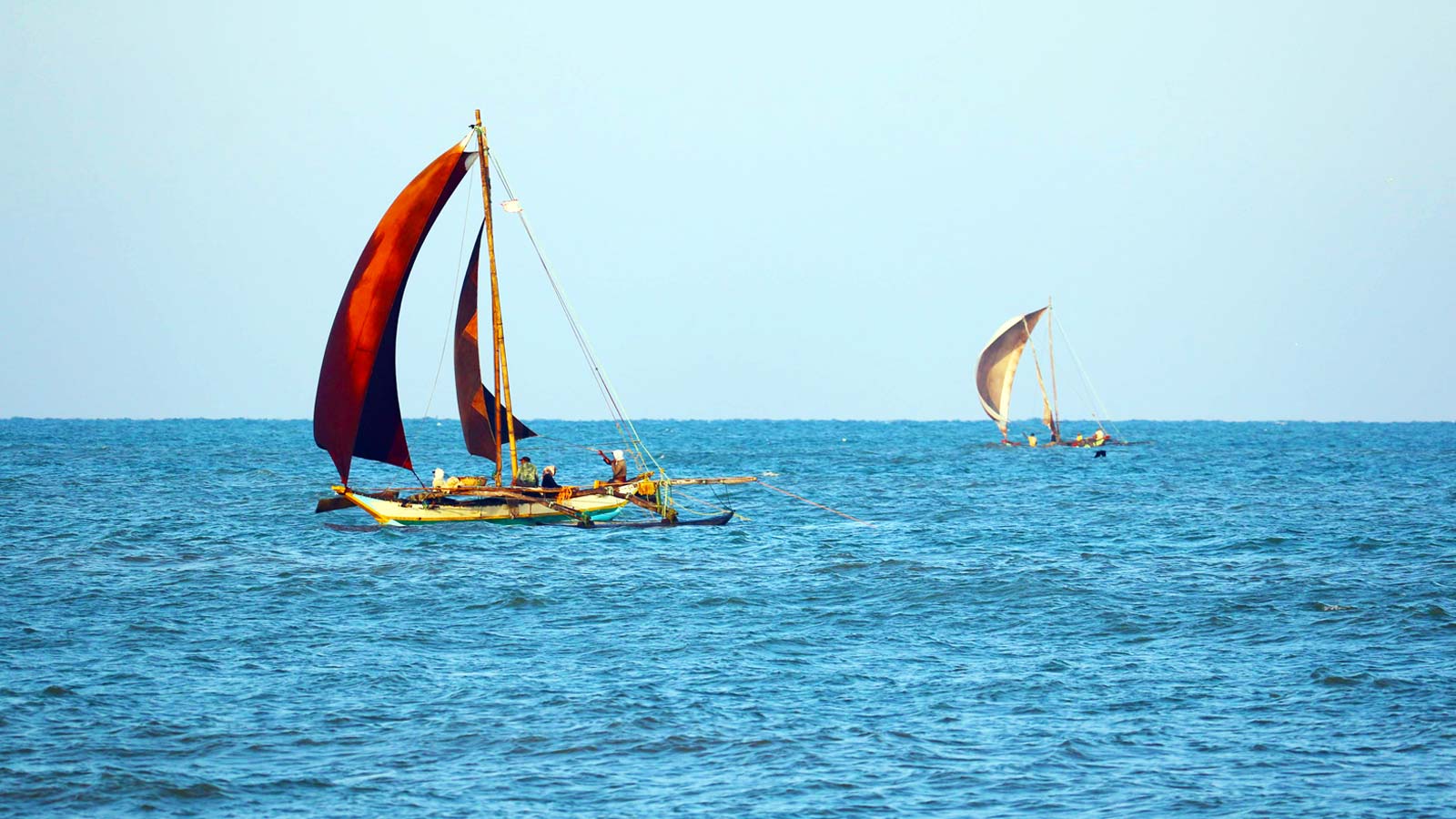The Moonstone can be found in SriLanka and Indian Buddhist sites. It is named as Chandra Kantha Pashanaya, Ira hada gala, Aloka Chandra, like names.These moonstones are the simple tapestry near the entrance, which gradually evolved into a masterpiece of art.
It is a mirror that tells the world the craftsman’s craftsmanship and craftsmanship of the SriLankan moonstone beyond the mark of India.
There are three moments in this Moonstone that everyone can see in SriLanka.There are,
- Free Of Carvings
- Slightly Carved
- Traditionally engraved on the Surface
According to professors believe, Beginning of the Anuradhapura century,There were carved moonstones and slightly carved moonstones can be near Jaya Sri Maha Bodhi, And also traditionally engraved on the surface moonstone can be seen near Biso Maligawa In Anuradhapura. This moonstone shows that it hasn't any nationality,religion,caste.The contents of the moonstone can be seen in this way.It has been filed in five circles and its crafts shows these meanings of the moonstone.
- Ginisiluwa – Lust
- Sathwawaliya – Four truths of Buddhism
- Mahatha Liyawala – Desire
- Hansawaliya – The mind goes for Nirvana
- Kuda liyawala – The mind with no desire
- Ardha padmaya – Nirvana
Those above features depend on professors’ minds and their conclusions. There are 42 moonstones in ancient Polonnaruwa City.Four animals have been used mostly.The Elephant,The Horse,The Lion,The Bull are found there.Liyawel and decorative swans are also seen.Flames,Gal Binduwa,Makara kata and punkalas are found in the moonstone. The cow’s code,Which was widely used in Anuradhapura,has been removed from the moonstone of Polonnaruwa.It may have been due to Hindu influence and the Hindus considered the cow as a god. The nature of the carvings in the circles of the Polonnaruwa moonstone is thus described.
- Flame
- The swan row
- Elephant rows with different postures
- Horse riding rumps
- Liyawala
- Upward raised flower
It has been clearly seen that the moonstone has evolved in different ways since the Polonnaruwa period. The moonstone is a triangular shape, especially during the Kandyan Period. On the flat stone slab is a full-sized ceiling. The Front is decorated with writing. One of the finest moonstone belonging to the Kandyan era was found in the Hanguranketha Viharaya and is currently housed in the Colombo museum.In addition,the moonstone can be seen in places such as Dalada Madurta,Vishnu Devalaya,Degaldoruwa Viharaya. The moonstone is not confined to Buddists but is also placed in other places of historical places. If you like to know more information about these moonstones and if you like to find the history of moonstones you can join with us.Visit MY TRAVEL PARTNER website and book a tour as you wish .We are ready to guide you for more.

